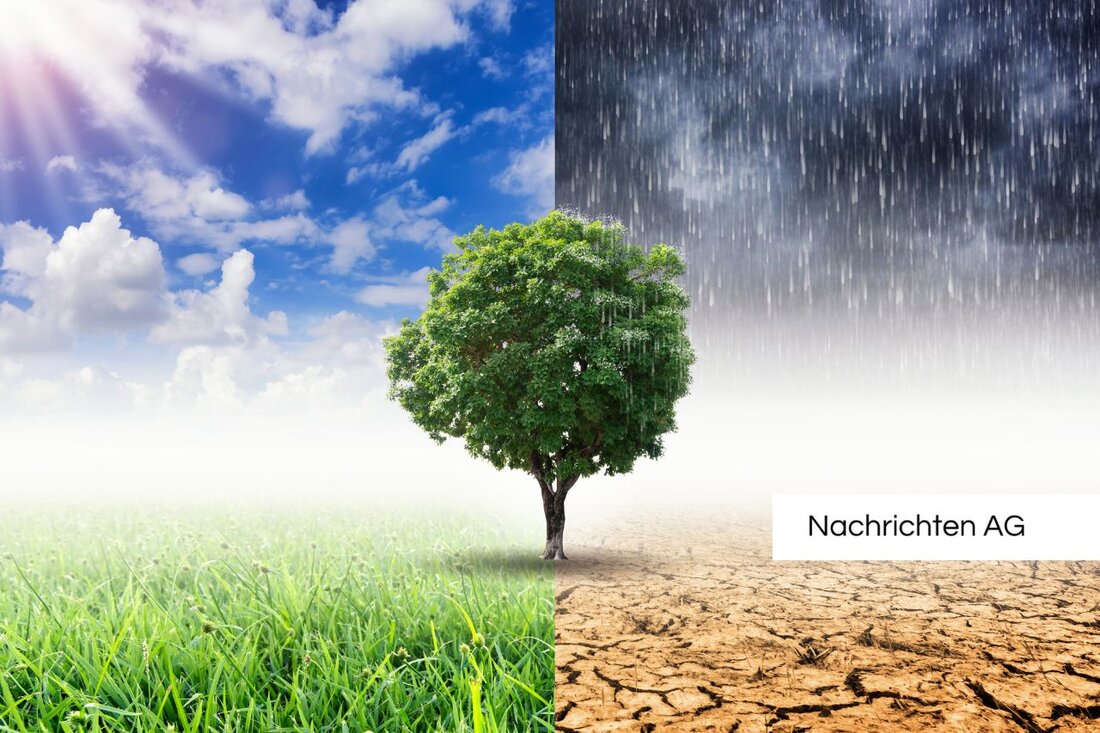Bergsturz in Blatten: warnings ignored, nature strikes back!
Bergsturz in Blatten: warnings ignored, nature strikes back!
Blatten, Schweiz - The Swiss village of Blatten recently experienced a disaster when a massive clash destroyed the entire area. Millions of cubic meters of rubble burial the village among themselves. But despite the massive destruction, human victims failed to materialize. This is thanks to the forward-looking action of the authorities who had recognized the signs of an upcoming worst-case scenario. This reports Dewezet .
The incident in Blatten clearly shows the worrying changes that climate change in the Alps brings. Glacier and snow melt, which endangers the stability of the mountains. Water that is released by melting erodes the rock, while at the same time the thawing permafrost increases the risk of stone strokes and rock falls. Experts fear that the landlord in Blatten will not be the last catastrophe of this kind.
increased pressure from climate change
The latest events in the Alps are not isolated. As early as June 2023, part of the escape horn broke off in the Tyrolean silvretta mountain, with a scree avalanche of at least 100,000 cubic meters of rock falling into the valley. The landslide was probably the consequence of the melt of the permafrost. In this context, Tyrol's chief geologist Thomas Figl found that the dwindling permafrost ice cream played a crucial role. Climate change is therefore not only in blatings, but runs like a red thread through the last events in the Alps, so Tagesschau .
The thawing of the permafrost has far -reaching consequences for security in mountain tourism. Michael Krautblatter, geomorphologist at the Technical University of Munich, explains that water that penetrates into rocks can affect stability. The increase in rock and climbs at altitudes over 3000 meters is alarm signs that need to be taken seriously. In order to ensure the safety of the mountain athletes, early warning systems are currently being developed.
long -term effects on mountain sports
climate change has significant effects on mountaineering in the Alps. The last eight years have been the warmest since the beginning of the records, and by 2060 the number of frost days in the Swiss Alps will significantly decrease. This means that high tours become riskier or even impossible. Taut of the permafrost, extreme weather events such as heat periods and heavy ranges are no longer uncommon, which further changes the alpine danger situation. In addition, glaciers lose up to one meter of thickness every year, which increases the risks of the crevices and unstable moraine grounds, explains Alpine club .
Tour planning urgently needs to be adapted to the changed conditions. The independent handling of risks is essential because the danger situation can change quickly. Measures such as avoiding permafrost areas and an adapted route selection are crucial to ensure safety in the Alps.
| Details | |
|---|---|
| Ort | Blatten, Schweiz |
| Quellen | |


Kommentare (0)